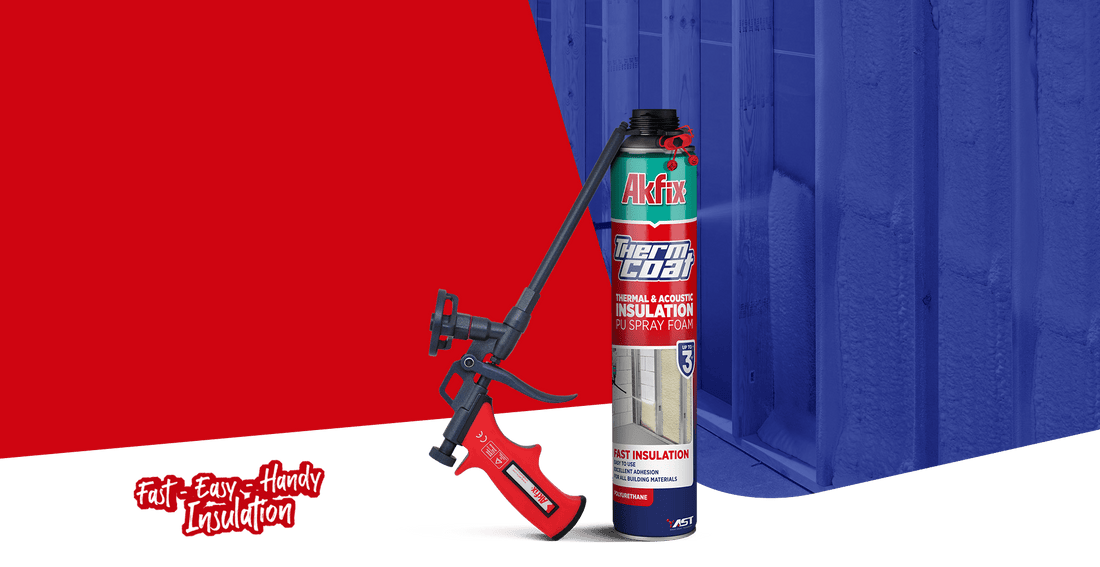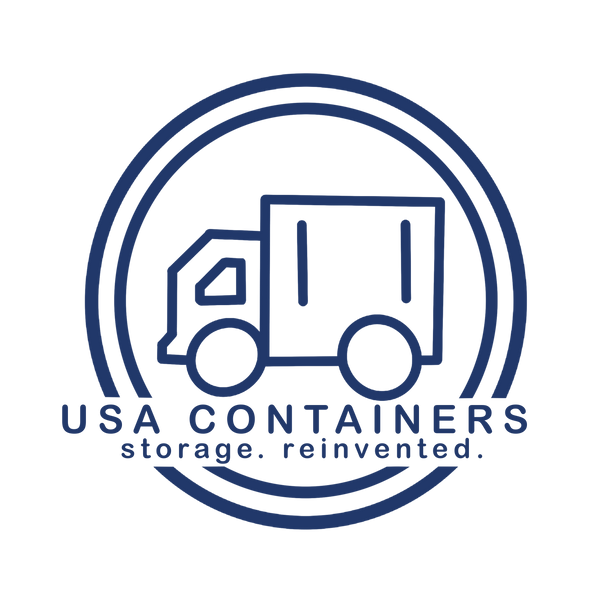
What Is the Best Way to Insulate a Shipping Container?
Share
What’s the best way to insulate a shipping container? The answer depends on a few key factors—your climate, budget, and intended use for the container. Let’s break down the most effective insulation methods and how to choose the right one for your project.
Why Insulation Matters
Steel conducts heat and cold. That’s a bad thing when it comes to comfort. If you’ve ever touched the side of a shipping container on a hot day, you know it can feel like a frying pan. In colder weather, it’s the opposite—the walls practically suck the heat out of the space. Insulation controls the interior temperature by resisting heat transfer.
The Three Best Ways to Insulate a Shipping Container
Let’s get into the top options used by container home builders, contractors, and DIYers alike.
1. Spray Foam Insulation
Best for: All climates, especially humid or extreme ones
Spray foam is hands-down the most popular and effective method for insulating shipping containers. It creates an airtight seal by expanding to fill every nook and cranny. At USA Containers, we recommend Aktis Thermcoat Insulation and Acoustic Professional Foam, a closed-cell spray foam.
Pros:
Excellent thermal resistance (high R-value per inch)
Adds a moisture and vapor barrier
Seals tiny cracks and gaps automatically
Can be applied directly to metal, no framing required
Cons:
Cost is higher than other methods
Requires professional installation (or at least rental equipment and PPE)
Hard to remove once applied
If you’re planning on living in your container year-round, spray foam is worth the investment. It’ll keep you comfortable and help your HVAC system run more efficiently.
2. Rigid Foam Board Insulation
Best for: DIY builds, mild-to-moderate climates
Rigid foam boards (like polyiso, EPS, or XPS) are a good middle ground between cost and performance. These panels can be cut to size and attached to the walls, ceiling, and floor of your container using adhesive or mechanical fasteners.
Pros:
Good R-value
Easier to install than spray foam
Cost-effective
Doesn’t trap moisture like fiberglass
Cons:
Requires furring strips or framing to mount cleanly
Can leave gaps if not sealed properly
May need a separate vapor barrier
To get the most out of rigid foam, seal the seams with foil tape or spray foam. You’ll get close to the airtight performance of spray foam, especially if you finish with drywall or wood paneling.
3. Mineral Wool or Fiberglass Batts
Best for: Tight budgets, temporary setups, interior wall cavities
These traditional insulation materials are commonly used in stick-built homes and can be repurposed for container projects—especially if you’re building interior walls.
Pros:
Cheap and widely available
Easy to install if framing is already in place
Offers soundproofing benefits
Cons:
Poor moisture resistance (especially fiberglass)
Requires full framing and vapor barrier
Compresses over time and loses R-value
If you’re planning to frame out interior walls anyway, this method can be affordable. But be sure to pair it with a proper moisture barrier and ventilation. Otherwise, you'll be creating a breeding ground for mold.
Floor and Ceiling Insulation
It’s easy to get hung up on the walls, but don’t overlook the shipping container’s floor and ceiling. Heat rises, which means poor ceiling insulation leads to big losses in winter. The steel floor also transfers cold easily and can be uncomfortable to walk on.
Ceiling: Spray foam or rigid board insulation works best here. It’s a tight space and difficult to frame, so something that sticks directly to the surface is ideal.
Floor: Closed-cell spray foam under the subfloor or rigid foam boards with a plywood overlay are common solutions. If you’re raising the container off the ground, insulating underneath becomes easier and more effective.
What About Exterior Insulation?
If you want to preserve the container’s interior dimensions, exterior insulation is worth considering. Spray foam or rigid foam panels can be applied to the outside of the container and then covered with siding or a rainscreen system.
This approach keeps the interior spacious and avoids thermal bridging through steel studs or framing. It’s more labor-intensive but can pay off in long-term energy efficiency.
Choosing the Right Insulation
Here’s a quick checklist to help you figure out what’s best for your container build:
Climate: Spray foam works best for harsh climates. In mild areas, foam boards or batts might be enough.
Budget: Batts are the cheapest. Rigid foam is a solid mid-range option. Spray foam is premium but high-performing.
DIY or Professional: Foam boards and batts can be installed by most handy homeowners. Spray foam often requires a pro.
Use Case: Living spaces need better insulation than storage units or workshops.
The best way to insulate a shipping container really comes down to performance versus practicality. Spray foam is the gold standard if comfort and efficiency are your top priorities. Foam boards strike a solid balance of cost and ease. Traditional batts can work, but they need more care to install correctly.
No matter what you choose, proper sealing and moisture control are key. Take the time to do it right, and your container won’t just look good—it’ll feel good to be in.
Fill out the form below for a free shipping container quote from USA Containers:
